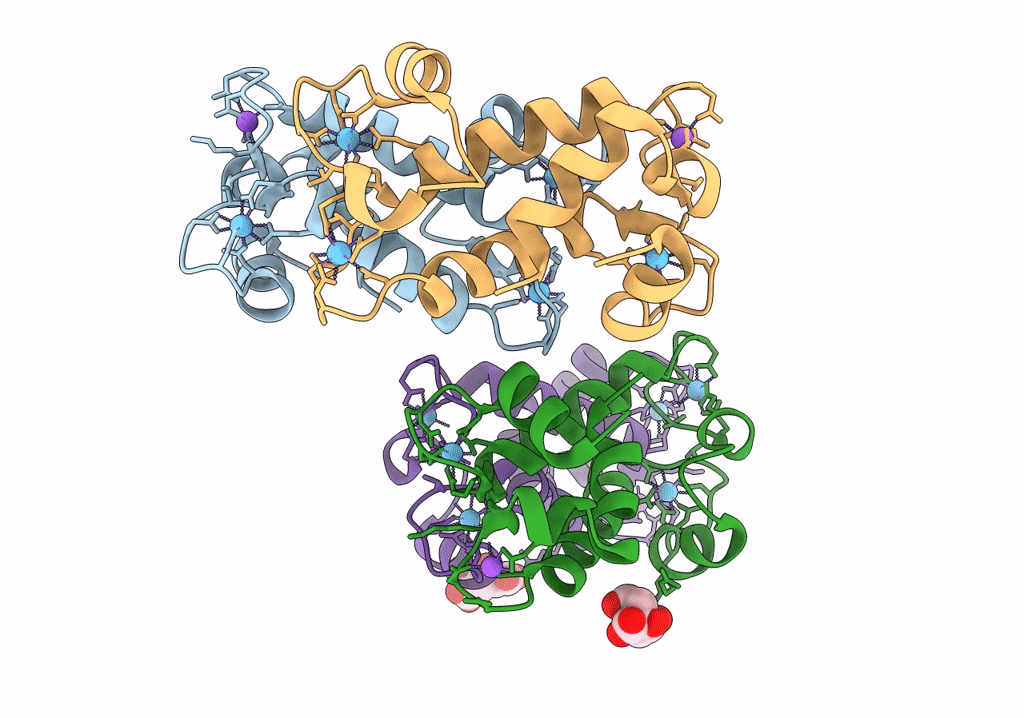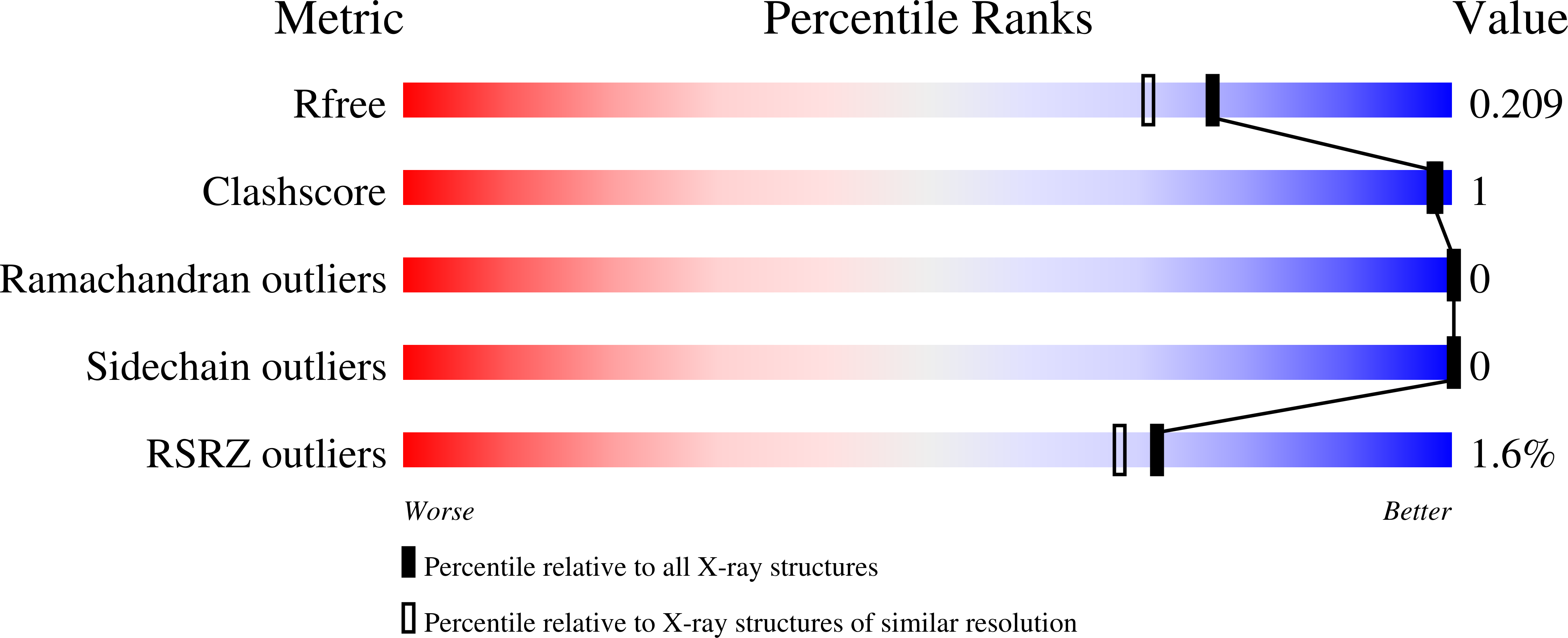
Deposition Date
2022-07-18
Release Date
2023-06-07
Last Version Date
2024-05-22
Entry Detail
PDB ID:
8DQ2
Keywords:
Title:
X-ray crystal structure of Hansschlegelia quercus lanmodulin (LanM) with lanthanum (III) bound at pH 7
Biological Source:
Source Organism:
Hansschlegelia quercus (Taxon ID: 2528245)
Host Organism:
Method Details:
Experimental Method:
Resolution:
1.80 Å
R-Value Free:
0.20
R-Value Work:
0.18
R-Value Observed:
0.18
Space Group:
P 1 21 1


